


Grolloc
gamer level 6
9250 xp
9250 xp
followers
2
2
Use my invite URL to register (this will give me kudos)
https://boardgaming.com/register/?invited_by=grolloc
profile badges
...
...


recent achievements

Expert Grader
Grade 400 more reviews or tips by clicking "Yes" or "No" in response to the question "Was this helpful?"
Grade 400 more reviews or tips by clicking "Yes" or "No" in response to the question "Was this helpful?"

Tomahawk
Explore select games by completing a series of exploration actions. learn more »
Explore select games by completing a series of exploration actions. learn more »

Cooperative Game Explorer
Explore 10 games in the Cooperative Games Collection. view the collection >
Explore 10 games in the Cooperative Games Collection. view the collection >

I'm a Gamin' Fiend!
Claim that you have played a game today by clicking the "Played Today!" button on a game page 200 times.
Claim that you have played a game today by clicking the "Played Today!" button on a game page 200 times.




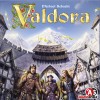



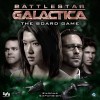



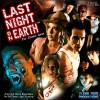



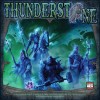











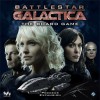





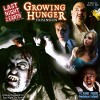

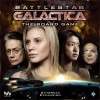


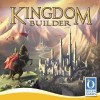







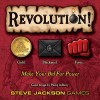

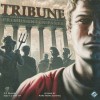
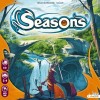

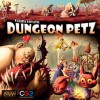



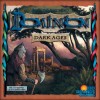
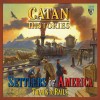

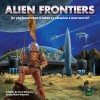





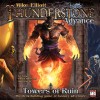


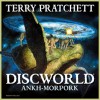




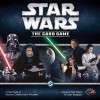
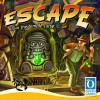






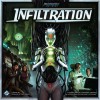



Dungeon Petz
This prequel to Dungeon Lords is very well done, and similar to its predecessor in theme and play, but manages to break away and be its own game.
As with most of Vlaada’s games, Dungeon Petz is just too complex to describe fully without almost rewriting the rulebook. At its heart, it is worker placement, with disaster management each turn. The game is relatively quick paced after teaching-time, with each game running only 5 rounds. The only time AP might appear is during the disaster management phase…err…caring for your petz. This phase also determines attributes for your pet in the next 2 phases, Show judging and monster selling. The AP comes in where you have to weigh the decisions of how much bad stuff to deal with in order to score more points in the next 2 phases, and whether the points are worth the clean up in future rounds. Some decisions and rounds are easier than others, but there is little you can do to affect these criteria.
The worker placement shopping competition is fun, but feels almost tagged on. There are limited spaces for your goblin workers, and worthwhile options run out fast. You can buy more cages and upgrades for them, more monsters, a little food that will rot eventually if not used, and a few time sinks or point manipulation actions, but the meat of the game is caring for the monster/petz. This game is not about building the engine, it’s about how you run what you have.
I’d say if you enjoyed Dungeon Lords you should probably enjoy this game. If you are not as happy to jump into the worker placement chaos pool, I’d skip this one.